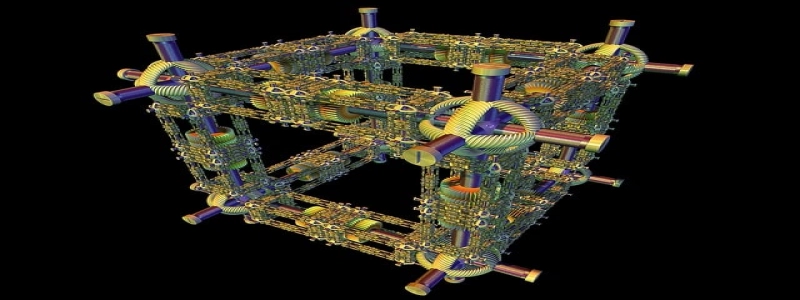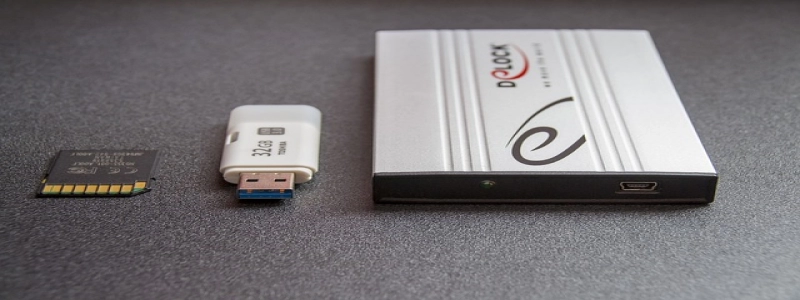Ethernet vs EtherCAT
介绍:
Ethernet and EtherCAT are two communication protocols commonly used in industrial automation and control systems. Both protocols provide a means of transmitting data in a networked environment, but they have distinct differences in terms of communication speed, functionality, and costs. This article will delve into the details of Ethernet and EtherCAT, highlighting their advantages and disadvantages.
1. What is Ethernet?
Ethernet is a widely adopted communication protocol in the field of computer networking. It is based on a star topology, where devices are connected to a central switch or hub. Ethernet uses a variety of physical media, such as twisted-pair copper cables or fiber optics, to transmit data packets. It operates in half-duplex or full-duplex mode depending on the specific implementation.
Advantages of Ethernet:
– Fast data transfer speeds: Ethernet is known for its high-speed capabilities, with typical speeds ranging from 10Mbps to 100Gbps.
– Wide range of supported devices: Ethernet is compatible with a vast array of devices, including computers, servers, routers, 开关, and printers.
– Scalability: Ethernet networks can be easily expanded by adding switches or hubs, making it suitable for both small and large-scale applications.
Disadvantages of Ethernet:
– Limited determinism: Ethernet has a non-deterministic nature, which means that the time it takes for a packet to reach its destination may vary. This can be problematic in real-time control systems that require precise timing.
– Complexity: Ethernet networks can be complex to set up and maintain, especially in larger installations.
– Higher costs: Implementing Ethernet networks can be costly due to the need for specialized hardware and wiring infrastructure.
2. What is EtherCAT?
EtherCAT, short for Ethernet for Control Automation Technology, is a real-time communication protocol specifically designed for industrial automation applications. It is based on Ethernet technology but incorporates additional features to ensure deterministic and synchronized data transmission. EtherCAT operates in a ring topology, where devices are connected in series, forming a closed loop.
Advantages of EtherCAT:
– Real-time capabilities: EtherCAT offers deterministic and synchronized communication, making it ideal for time-critical control systems.
– High communication speed: EtherCAT can achieve extremely fast data transfer speeds, surpassing traditional Ethernet.
– Cost-effective: EtherCAT can be implemented using standard Ethernet hardware, reducing overall costs compared to other real-time protocols.
Disadvantages of EtherCAT:
– Limited device compatibility: EtherCAT may not be compatible with all devices, as they need to support the EtherCAT protocol stack.
– Complexity: Configuring an EtherCAT network requires expert knowledge and careful planning. It may not be as straightforward as setting up a traditional Ethernet network.
– Ring topology limitations: The ring topology used in EtherCAT can have limitations in terms of scalability and fault tolerance.
结论:
Ethernet and EtherCAT are two communication protocols used in industrial automation and control systems. Ethernet provides high-speed data transfer and wide device compatibility but lacks determinism and can be costly. On the other hand, EtherCAT offers real-time capabilities and fast communication speeds, but device compatibility and network complexity can be limiting factors. Selecting the right protocol depends on the specific requirements of the application and consideration of the advantages and disadvantages discussed above.








